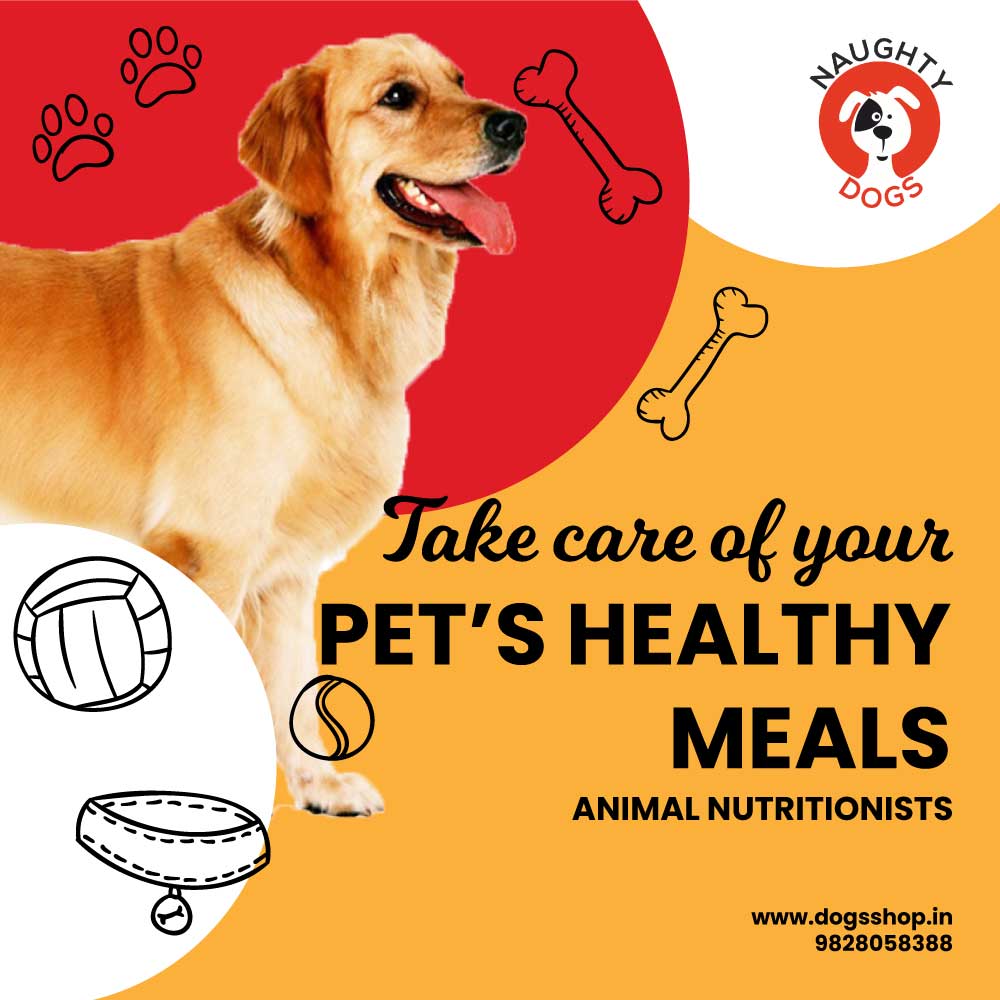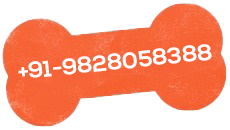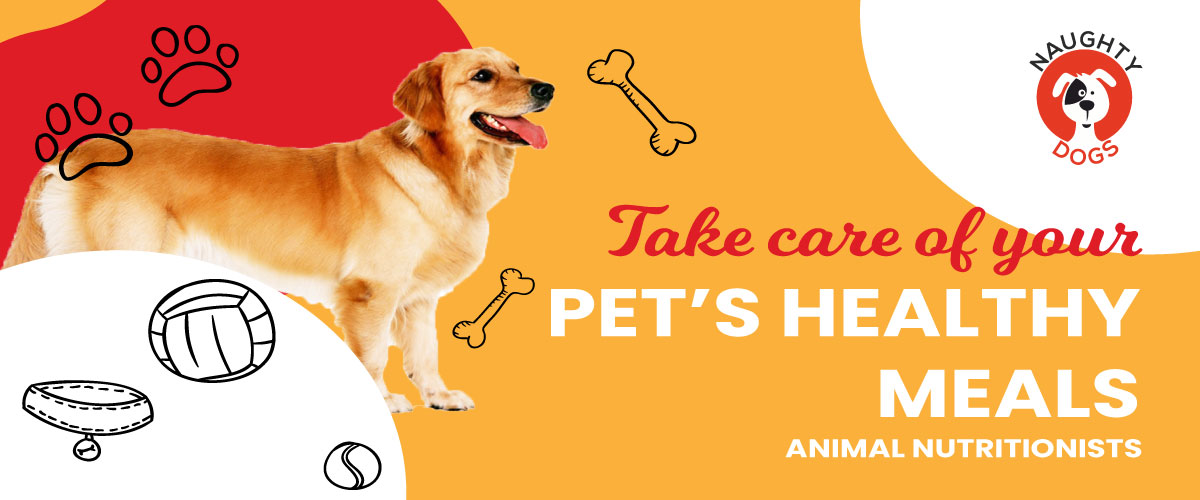Dog Food Online In Jaipur
Don’t fret, Jaipurites! We’re in this together!
While all of us are stuck in our homes with limited pet supplies, Naughty Dogs is here to help you in these tough times.
Just Whatsapp/Call us +919828058388 and get all your pet food requirements delivered to your doorstep.
Available Brands: Pedigree, Royal Canin, Farmina, Whiskas, Purina, and N&D.
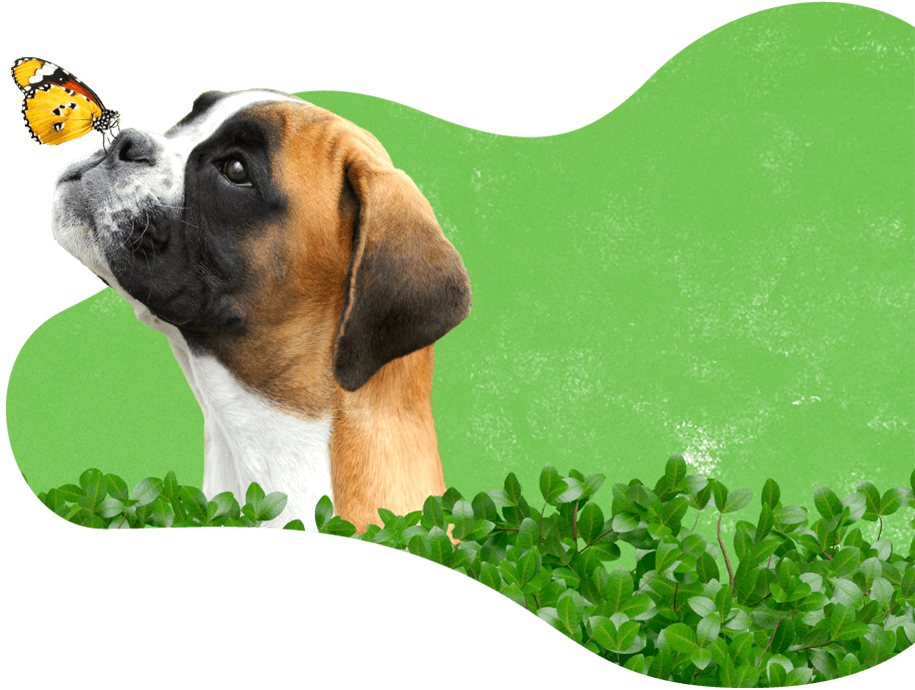
2
Healthy Treats for Your Dog
“So many of the new treats like that on the market are fracturing teeth,” Pierce says.
Use the rule of thumb: If you push your thumbnail into a treat and it leaves a mark, that’s a safe treat. If it doesn’t, the treat is too hard for a dog to safely chew.
Rawhide is the exception because as a dog chews on it, it becomes soft. But always watch your dog when they are gnawing on rawhide, as it can break into little pieces and get lodged in their throat. Best to take it away when it starts getting small, Pierce says.
Want to know if a treat is healthy for your dog’s teeth? Look for the Veterinary Oral Health Council’s seal of approval on it that reads “VOHC Accepted.” If it’s not there, don’t offer it.
3
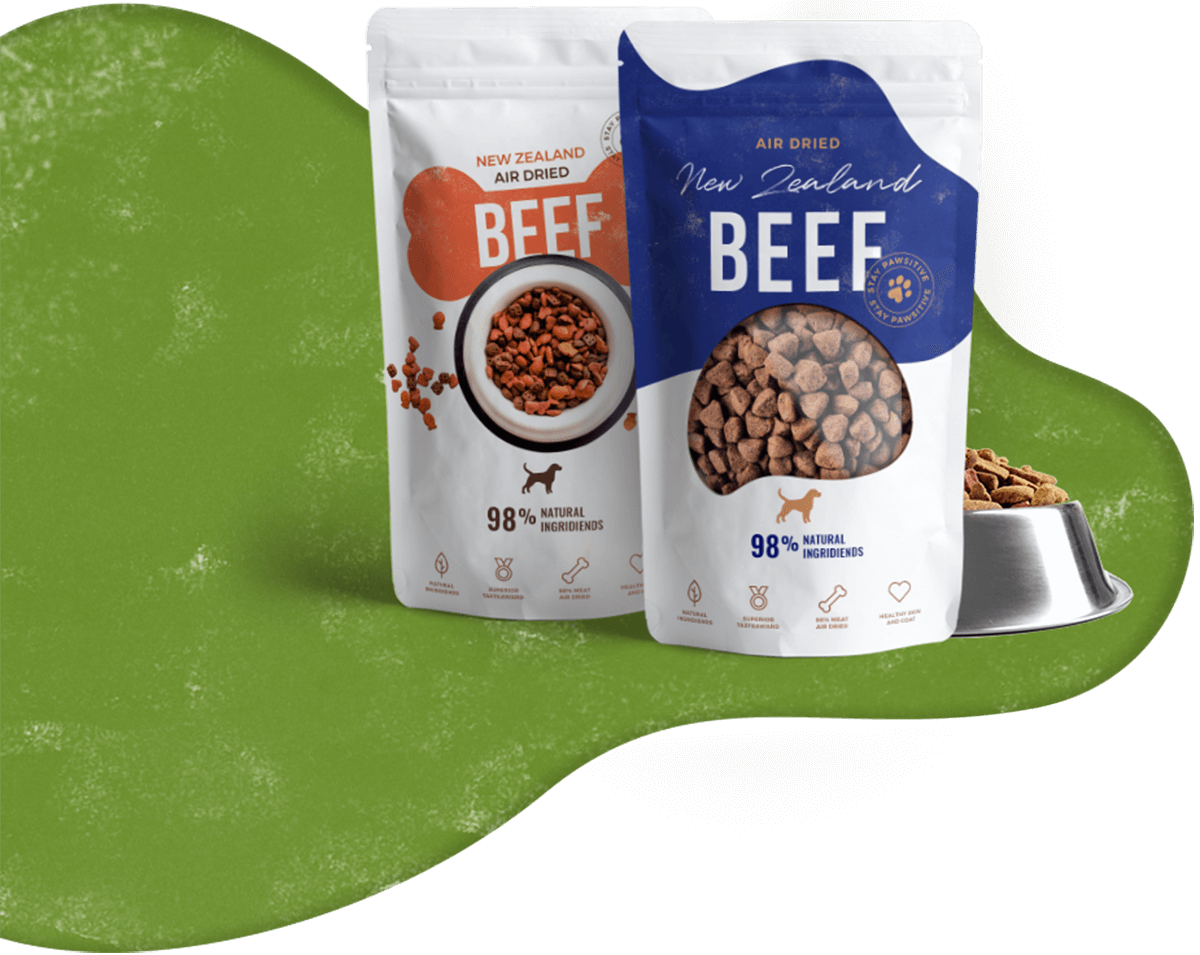
Dog Food Wholesalers In Jaipur, Rajasthan
Pet Supplies In Jaipur
Rethinking Treats
There’s another way to look at treats.
“Treats are things that bring joy; they don’t have to be food,” says Tony Buffington, DVM, Ph.D., professor in the veterinary clinical services department at Ohio State University.
“If you want to provide your dog with a good treat, then take him for a walk or teach them a new trick,” he says. “Your dog wants your attention and time far more than he wants a snack.”
4
Order Dog Food
Online In Jaipur
5
Feeding Your Adult Dog FAQ
Selecting an adult dog food that will keep your pet healthy and energetic starts with knowing your dog’s eating habits and lifestyle. Does your dog weigh just the right amount and go for long walks daily? Or is it a lap dog that loves nothing more than to snooze the day away? The answers to questions like these will help guide you in choosing the best food.
But there are other things to keep in mind as well. To help you know how to choose the best dog food for your adult dog, WebMD put a list of frequently asked questions about feeding an adult dog to a group of veterinary experts. Here is what they had to say.
What do I need to keep in mind when feeding an adult dog?
The most important thing to keep in mind when feeding an adult dog is to make sure your dog eats a complete and balanced diet. Start by checking package labels for something called a statement of nutritional adequacy. It should say that the food meets nutrient profiles established by the Association of American Feed Control Officials (AAFCO) or that it has passed feeding trials designed to AAFCO standards.
The statement also should say that the food is appropriate for adult maintenance or for all life stages. If your dog is overweight or inactive, stick with one labeled for adult maintenance. Food that’s appropriate for all life stages contains extra nutrients needed for growth.
Homemade diets can provide complete nutrition, but making sure your pet gets the right mix of protein, fats, minerals, and vitamins can be difficult. Lisa M. Freeman, DVM, Ph.D., is a professor of nutrition at the Cummings School of Veterinary Medicine at Tufts University. She tells WebMD that if you are going to prepare a homemade diet, you should consult a nutritionist certified by the American College of Veterinary Nutrition. The nutritionist can help you design a healthy diet for your dog.
When is a dog considered an adult?
When a dog reaches 90% of its expected adult weight, it’s considered an adult for feeding purposes, according to The Merck Veterinary Manual. An adult dog diet, or maintenance diet, contains nutrients suited for animals that have passed their growth stage. Most of a puppy’s growth occurs by 6 or 7 months of age, but large and giant breeds can continue to grow for 12 months or beyond.
How can I tell if food is right for my pet?
Watch the condition of its body and coat. If your dog appears to be thriving on the food and has a glossy coat, lots of energy, and a fit appearance, the food agrees with them.
Sometimes, the way a food is processed or the ingredients it contains may prevent your dog from absorbing all the needed nutrients. If your pet has a dull coat and lacks energy, try another kind of food. Also, check in the backyard for other signs of trouble: Lots of feces may indicate a problem with digestibility, says Joseph Wakshlag, assistant professor of clinical nutrition at Cornell University College of Veterinary Medicine.
It’s rare for a dog to be malnourished because of a badly formulated diet, says C.A. Tony Buffington, DVM, Ph.D. Buffington is professor of veterinary clinical sciences at The Ohio State University Veterinary Hospital. He advises owners to focus on providing the right amount of food and making sure dogs are active and engaged. About one out of every four dogs is overweight.
How much food should my adult dog eat each day?
That depends on the size of the dog, its age, and how much exercise it gets. Use feeding charts on pet food labels as a guide. Start by checking the amount recommended for your pet’s weight range. If your dog weighs on the lower end of the range, feed the smaller recommended amount. Dogs on the heavier end of the scale may need more food.
Assess your pet’s activity level. Lapdogs who get little exercise may need 10% less than what’s recommended on the package label. An active dog that exercises outdoors may need 20% to 40% more. Working dogs — those that regularly receive high-intensity exercises, such as a sled dog or police dog — may need a food designed for working or performance dogs. These foods have a higher fat content to provide extra calories.
Next, you may need to make adjustments based on your pet’s body condition. The Ohio State University College of Veterinary Medicine website has a body condition scoring chart that shows and describes various body conditions, ranging from emaciated to obese. Your dog’s vet can help you understand how your dog’s body condition affects the amount of food they need.
Serious illness, pregnancy, or nursing can increase a dog’s energy needs. Ask your vet about adjusting the type or quantity of food.
What are some guidelines for checking whether my dog is too lean, just right, or overweight?
Body condition ranges from emaciated to obese.
An adult dog is emaciated if its ribs, vertebrae, and pelvic bones are easily visible from a distance. Chronically underfed dogs or dogs fed unbalanced diets may develop osteoporosis and are more susceptible to parasites and bacterial infections. They also may lack the energy for working or for nursing puppies.
An adult dog is considered in moderate condition if you can feel its ribs easily and see its waist when looking down at its back. You should also be able to see an abdominal tuck when looking from the side.
A dog is overweight if it’s difficult to feel its ribs or see its waist or abdominal tuck. It will have visible fat deposits on its back and the base of its tail. Fat dogs are more likely to develop diabetes and osteoarthritis.
What should I do if my dog is overweight?
Give less food or switch to low-calorie dog food. Cut out any table scraps and high-calorie treats, such as dog biscuits. Look for high-fiber, low-calorie treats instead. Make sure your dog isn’t eating food intended for other pets in the house. Your veterinarian can help you calculate the exact amount of food to give your dog when starting a weight loss plan. It’s important to not give too much food or your dog won’t lose weight. But it is equally important to give enough, or your dog can lose weight too quickly and become sick.
How often should my adult dog eat?
Most pet owners prefer feeding an adult dog twice a day, although a dog can eat just once daily. Giving two meals a day may make it easier for the dog to digest the food and helps control hunger.
How much protein and fat does my dog need?
An adult dog needs at least 10% of its daily calories from protein and a minimum of 5.5% from fats. An adult dog’s diet can contain up to 50% carbohydrates, including 2.5% to 4.5% percent fiber.
Are treats OK for dogs, and if so, what are healthy options?
Some 40% of dog owners give treats and snacks. Dog treats don’t have to follow AAFCO standards for a complete and balanced diet, so veterinarians say it’s best to limit them. The American Society for the Prevention of Cruelty to Animals recommends that no more than 5% of a dog’s calories should come from treats. Wakshlag says, though, that up to 20% is OK.
If you’re going to feed treats, look for ones that are lower in calories or low-fat, high-fiber to help guard against weight gain. Small pieces of raw vegetables also make good treats. Try green beans, bell peppers, or thin pieces of carrot.
Is table food appropriate for dogs?
An occasional nibble is OK. But, giving big chunks of steak fat, poultry skin, and other greasy leftovers isn’t a good idea, Wakshlag tells WebMD. A sudden change in diet, especially one involving a large amount of fat, could cause pancreatitis. If your dog is overweight, stay away from table scraps. Also, if you don’t want your dog hanging around the table at mealtimes, don’t feed it scraps.
What do I need to know about dry, canned, and semi-moist dog foods?
Deciding which food is best for your dog depends on your pet and your preferences. Dry dog food provides more nutrients per bite than other types of food because it contains less moisture. That means you won’t have to feed as much to satisfy a dog’s nutritional needs, making it the most practical choice for a large dog.
Dry dog food also costs less per serving and can be left in a pet’s feeding dish all day, unlike canned. Dogs with dental problems may benefit from specially formulated dry food made for dental health, which can help decrease periodontal disease by massaging the teeth and gums.
Canned food contains 68% to 78% water. Because of the high moisture content, such foods usually contain more meat, seafood, or poultry than dry foods. They also may contain textured proteins from such grains as wheat and soy.
Dogs with urinary tract problems may do better on canned food because of the higher moisture content. And if your dog likes to eat a lot but is overweight, canned food will help fill them up with fewer calories. However, canned food will become stale quickly if left uneaten.
Semi-moist foods contain 25% to 40% water. To help the food stay soft and preserve shelf life, manufacturers add substances that preserve moisture such as sugar, propylene, glycol, and salts.
Frequently Asked Questions
1. What is the shelf-life of dog food?
Depending on the type of dog food, the shelf life may vary. Usually, the shelf-life of unopened dry dog food is between 12-18 months. Please check the expiration date of the dog food before purchase.
2. Do dog food retailers in Jaipur also stock other pet food?
Most of these retailers stock food for pets other than dogs too.
3. Do dog food retailers in Jaipur deal in other pet products?
Most dog food retailers deal in other pet products like food and water bowls, dog leash, collar, shampoo and conditioner, etc.
4. Are pet grooming services provided by these retailers?
Very few dog food retailers provide pet grooming services. Kindly check with the respective retailer for the same.
5. How much does dog food cost?
The price of dog food depends on the brand of dog food, its type and capacity. The approximate starting price is Rs. 670 for a 1 Kg pack.


